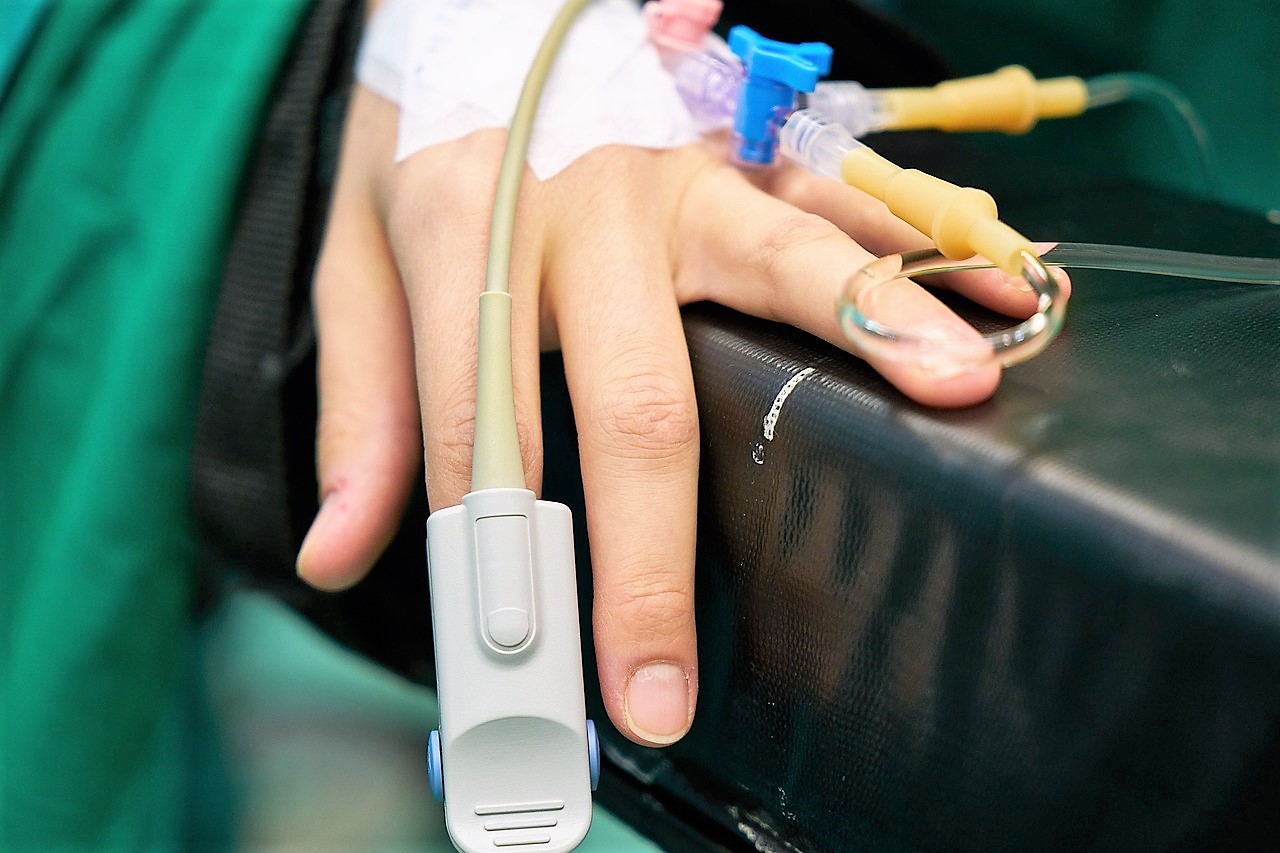
The rising cost of private health cover and public hospital standards raise concerns among heart patients to obtain the best outcomes.
In one of the few direct comparisons, medical researchers in South Australia have analysed data from pacemaker and defibrillator implant surgeries in all public and private hospitals in New South Wales and Queensland between 2010 and 2015 to make an assessment of medical safety outcomes, including infection levels and mortality.
Overall the outcomes were quite similar, says lead researcher Flinders cardiologist and electrophysiologist Associate Professor Anand Ganesan, who joined other Flinders University and University of Adelaide researchers in a new article just published in the Royal Australasian College of Physicians Internal Medicine Journal.
"There is growing community interest in the value of private health insurance and, to date, there are few head-to-head studies of the outcomes of care in public and private hospitals to compare the same service with adjustments for differences in patient characteristics," says Associate Professor Ganesan, a Matthew Flinders Research Fellow and National Heart Foundation Future Leader Fellow.
"We believe our results are of community interest for patients to assess the value and benefit of private health insurance, as well as for policymakers who decide on resource allocations between the public and private healthcare systems."
He stressed that further 'head-to-head' studies are needed across all major medical procedures to provide patients and clinicians in both the public and private system with the most up-to-date safety information.
The population level study of pacemaker complications found few key differences in overall major safety issues, although there were slightly higher infection rates in public hospitals but slightly lower acute mortality rates compared to the private hospital system.
This could be connected to the greater number of older, frail patients relying on private health cover - and greater number of people in the public system - although further studies were needed to explain these differences.
Associate Professor Ganesan says more regular comparative assessments of public versus private hospital care quality are very important, particularly for Australian health consumers.
Australia's hospitals account for more than 40% of healthcare spending with a cumulative cost exceeding $60 billion per annum. Hospital care in Australia is delivered by a combination of 695 public ( or 62,000 beds) and 630 private sector hospitals (33,100 beds).
The research paper, 'Complications of cardiac implantable electronic device placement in public and private hospitals' (2019) by A Ganesan, K Moore, D Horton, W Heddle, A McGavigan, S Hossain, A Ali, S Hariharaputhiran and I Ranasinghe, has been published in Internal Medicine Journal (Royal Australasian College of Physicians). DOI: 10.1111/imj.14704
The research was funded by grants from the HCF Research Foundation, National Heart Foundation of Australia, The University of Adelaide and the Hospital Research Foundation.






